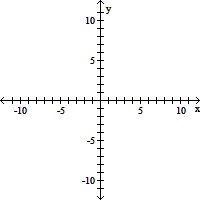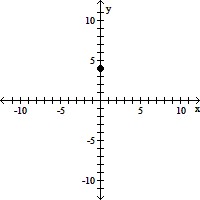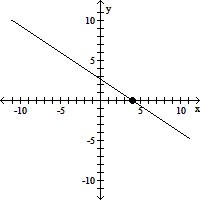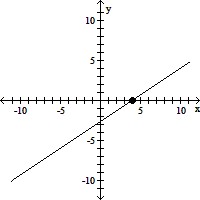Consider the following situation. A political party holds a national convention with 1,100 delegates. At the convention, five persons (which we will call A, B, C, D, and E) have been nominated as the party's presidential candidate. After the speeches and hoopla, the delegates are asked to rank all five candidates according to his or her choice. However, before the vote, caucuses have narrowed the choices down to six different possibilities. The results of the first ballot are shown (choices, followed by the number of votes):
(ADEBC)
(BEDCA)
(CBEDA)
380
220
200
(DCEBA)
(EBDCA)
(ECDBA)
180
80
40
?
Who would win in a runoff election using the principle of eliminating the candidate with the fewest first-place votes?
?
A. B
B. C
C. A
D. E
E. D
Answer: B
Mathematics
You might also like to view...
Find the unknown side for the following figure. A = 75 cm2
A = 75 cm2
A. h = 5 cm B. h = 20 cm C. h = 10 cm D. h = 15 cm
Mathematics
Sketch the line with the given slope that passes through the indicated point.Slope = -  ; line passes through the point (4, 0)
; line passes through the point (4, 0)
A. 
B. 
C. 
D. 
Mathematics
Doris invested some money at 7% and some money at 8%. She invested $4,000 more at 8% than she did at 7%. Her total yearly interest from the two investments was $920. How much did Doris invest at each rate?
A. $100 at 7%, $7,900 at 8% B. $5,000 at 7%, $8,000 at 8% C. $4,000 at 7%, $9,000 at 8% D. $4,000 at 7%, $8,000 at 8% E. $4,500 at 7%, $7,500 at 8%
Mathematics
Convert the degree measure to radians. Leave answer as a multiple of ?.-670°
A. - 
B. - 
C. - 
D. - 
Mathematics